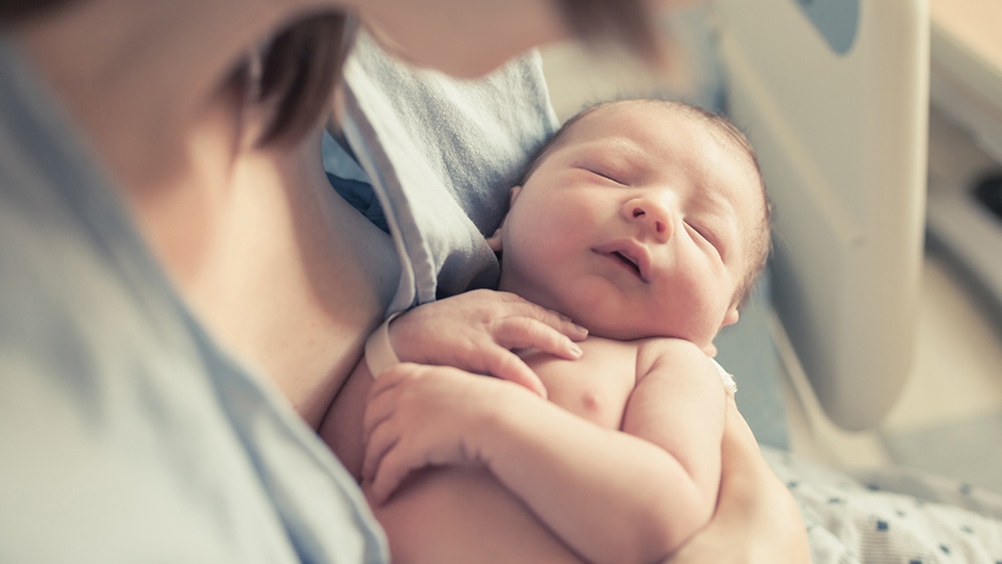References
The historiography of puerperal psychosis: a Cinderella sub-specialty

Abstract
This article discusses the historiography of puerperal psychosis and how it mirrors the historiography of the development of psychiatry as a discipline. The article defines the meaning of the term ‘puerperal psychosis’ and explores the way that this condition has been dealt with in texts from the pre-modern era. It developed in the 19th century when numerous stakeholders lay claim to being the appropriate professional for management of women affected by this condition. Its decline as a term came about by the end of the century, as the result of Krapelinian nosology, although it subsequently rose in importance towards the end of the 20th century. It can be likened to a Cinderella sub-specialty in psychiatry.
The diagnosis ‘puerperal psychosis’ or ‘puerperal insanity’, as it was termed in the 19th century (Loudon, 1988), refers to a severe mental illness that manifests shortly after childbirth. The puerperium, also known as the postpartum or postnatal period, begins immediately after the birth of the baby and lasts for 6 weeks (Hollingworth, 2016). Puerperal psychosis occurs in this 6-week period, with peak onset usually within 2 weeks of birth; it has a good short- to medium-term prognosis, as most women respond well to treatment and make a complete recovery (Thamban and Naquib, 2016). This condition should be considered part of the psychiatric discipline; however, the consequences of ‘getting it wrong’ can have devastating repercussions for the woman, her child and her family (National Institute for Health and Care Excellence, 2001).
George Mora (1965) described modern psychiatry starting at the end of the 18th and beginning of the 19th centuries. This coincided with the publication of Pinel's (1806) ‘treatise on mental diseases’, emphasising Pinel's importance as the initiator of modern psychiatry. Mora (1965) explained that the end of the 18th century was a time of change from ‘unconscious forms of psychological healing in cultures and eras unaware of the importance of psychological problems to the introduction of forms of psychiatric treatment based on the recognition of psychological factors (moral treatment)’.
Register now to continue reading
Thank you for visiting British Journal of Midwifery and reading some of our peer-reviewed resources for midwives. To read more, please register today. You’ll enjoy the following great benefits:
What's included
-
Limited access to our clinical or professional articles
-
New content and clinical newsletter updates each month

